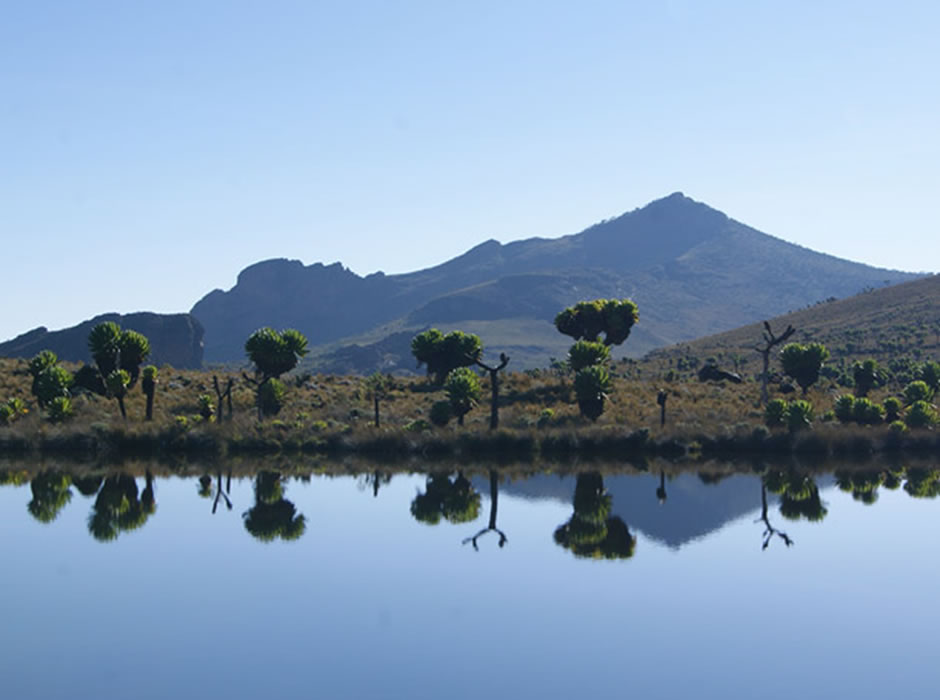Beauty and Understanding The Art Of Uganda
Beauty and Understanding: The Art Of Uganda
No matter what you’re looking for out of your holiday, you can probably find it in Uganda. It’s beautiful natural sights are open to both families and individual tourists, as are its bustling cultural centres. So whether you’re looking to explore the Eastern Nile River, find yourself alone on a stunning beach, watch the wildlife in the country’s many national parks
Discovering Uganda’s Artists
At its most personal, art is the best way of expressing a culture and “sense of place”. The artists of any given country will draw from their own life experience and the influence of the artists around them, giving interested tourists a unique look into the heart of their host culture. Art seems to capture movements, history and symbolism, and Uganda is a country which has plenty of art to offer. Exploring the artists of Uganda can open up a new world of experiences that might not be otherwise available to other tourists, enriching your holiday and maybe even giving you a chance to bring a bit of Uganda home with you in the form of artwork. From the Nommo Gallery (Uganda’s National Art Gallery, founded in 1964) to smaller craft fairs, there are a range of options for the curious traveler to explore and discover.
The Art of Kampala
The capital city of Uganda, Kampala, is home to two of the country’s most fascinating attractions: Exposure Africa, and the Uganda Arts and Crafts Village. These markets, both of which are located in the city centre, and feature exhibitions and stalls where artistic creations can be purchased as truly one-of-a-kind souvenirs.
Exposure Africa is the biggest crafts fair in Kampala, with over 30 different stalls – each run by a different local artist – to explore. The merchandise is made locally, by the artists themselves, and reflects the beauty of Uganda’s natural world: glittering beaches and towering waterfalls, animals and plants which can be found in few other places in the world, and national parks which preserve the wild places of the country for future generations. Many of the artists are from Uganda’s more rural areas, and their artwork often features a hybrid sensibility, wedding their rural life to the energy and cultural diversity of the city itself. Veterans of Exposure Africa recommend scoping out the entire fair before making a purchase, and to not be afraid of haggling for a lower price.
Located behind the National Theatre, the Uganda Arts and Crafts Village is a smaller venue that still offers a wide range of original works by artists from across the country. Like Exposure Africa, many of the artists here come from rural regions and their artwork calls to mind the breathtaking natural beauty that can be found outside the city.
Seeing For Yourself
In order to properly see the source of this inspiration for yourself, avoiding the most popular tourist attractions is critical. The Queen Elizabeth National Park
The Bwindi Impenetrable Forest
Tombs are a link between Uganda’s past and it’s blossoming future. A UNESCO World Heritage Site, the tombs are the burial place of four kings of the Buganda Empire, known as kabakas. In March of 2010, a fire broke out at the tombs and some of the structures were destroyed; however, the site is still open to travelers who wish to know more about this important monument to the kings, and reconstruction is underway.
Beauty can be found anywhere you travel in Uganda, but sometimes seeing it through the eyes of home-grown artists can lend a new dimension to these breathtaking sites. If you’re considering a trip to Uganda, plan to visit these hidden jewels and explore a side of the country which few tourists see.
About the author
Credit: Annie Chambers



